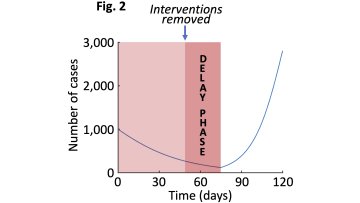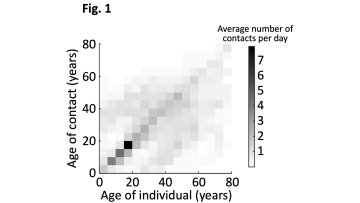Oxford Mathematics Online Public Lecture: David Sumpter - How Learning Ten Equations Can Improve Your Life
Is there a secret formula for becoming rich? Or for happiness? Or for becoming popular? Or for self-confidence and good judgement? David Sumpter answer these questions with an emphatic ‘Yes!' All YOU need are The Ten Equations.
In this lecture David will reveal three of these: the confidence equation that helps gamblers know when they have a winning strategy; the influencer equation that shapes our social interactions; and the learning equation that YouTube used to get us addicted to their videos. A small group of mathematicians have used these equations to revolutionise our world. Now you can use them too to better manage your time and make money, have a more balanced approach to your popularity and even to become a nicer person.
To order the book 'The Ten Equations That Rule the World' signed by David Sumpter from Blackwell's Bookshop, email @email by 15 November and they will provide you with all the information you need.
David Sumpter is Professor of Applied Mathematics at the University of Uppsala, Sweden.
Watch online (no need to register):
Oxford Mathematics Twitter
Oxford Mathematics Facebook
Oxford Mathematics Livestream
Oxford Mathematics YouTube
The Oxford Mathematics Public Lectures are generously supported by XTX Markets.
[[{"fid":"59746","view_mode":"media_square","fields":{"format":"media_square","field_file_image_alt_text[und][0][value]":false,"field_file_image_title_text[und][0][value]":false},"type":"media","field_deltas":{"1":{"format":"media_square","field_file_image_alt_text[und][0][value]":false,"field_file_image_title_text[und][0][value]":false}},"attributes":{"class":"media-element file-media-square","data-delta":"1"}}]]



